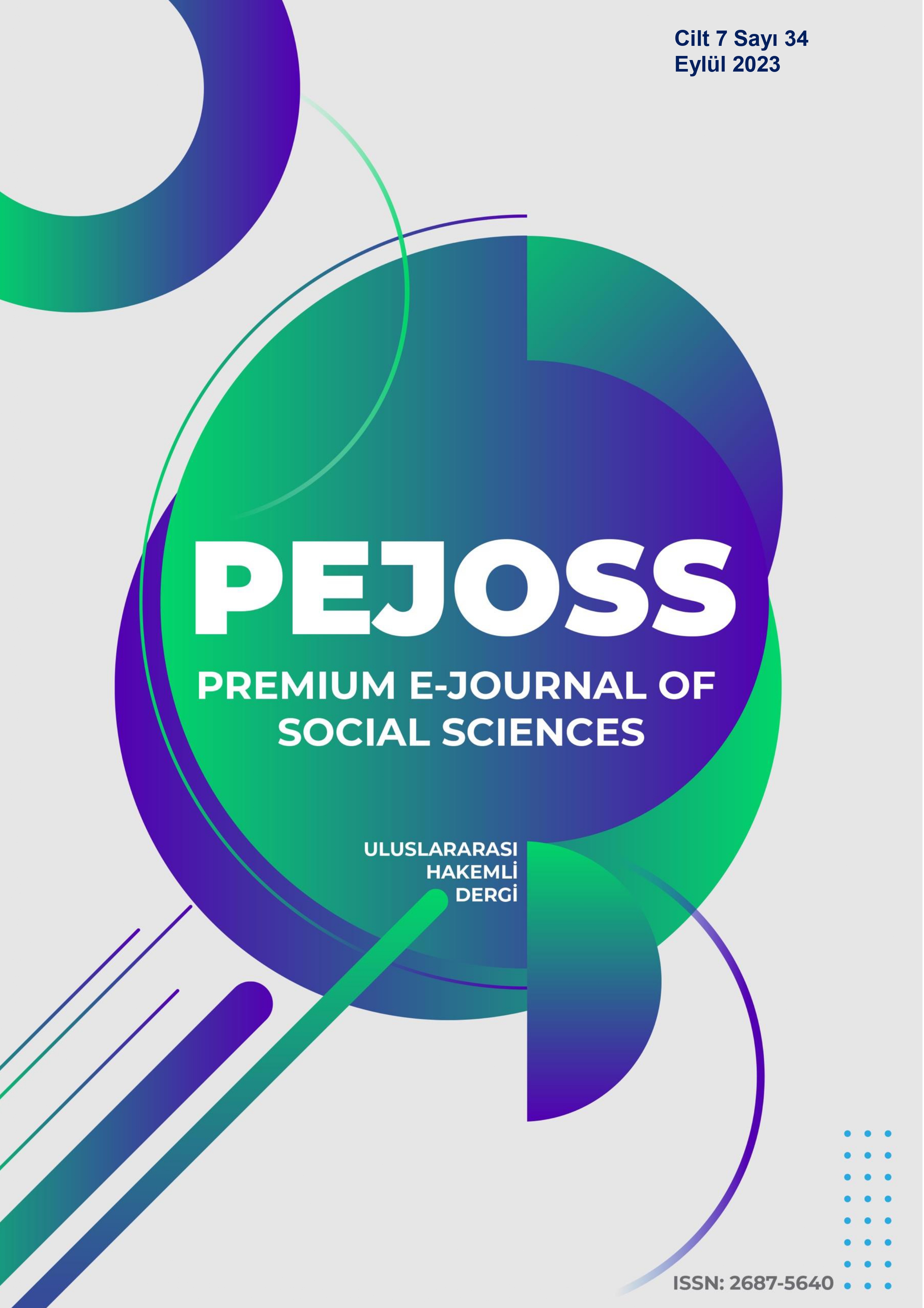Semiotic Analysis of Patriarchal Signs, Ideology and Hegemonic Masculinity in Magazine Advertisements
DOI:
https://doi.org/10.5281/zenodo.8425480Keywords:
semiotic, signs, meaning, genderAbstract
Media discourse is seen as big impact on human life. The television,cinema ad are the types of media channel and they convey signs of men and women in a broader sense human life and aspect. In this current study, the researcher tries to explore these research questions: how do images hold and employ meaning in terms of gender roles in magazine advertisements. The researcher studies six (6) ads which are taken from different websites. In this study, the researcher tries to reveal what are images trying to say and how do they persuade and influence people in terms of gender roles and stereotype .
The current study uses descriptive qualitative analysis. Goffman theory (1979) of gender analysis is used in the study. The researcher explains the sign based on Saussure’s (2011) signified and signifier system in order to reveal gender roles, gender streotypes. The study suggests that the women figures are shown as sexual objects, in this sense, the current study concludes that the magazine ads use sexist discourse and they include hegemonic nature while portraying the concept of femininity and masculinity.
Downloads
References
Adweek (n.d). 10 Examples of Women's Portrayal in Ads, From the Good to the Bad to the Completely Sexist https://www.adweek.com/agencies/10-examples-of-how-women-have-been-portrayed-in-ads-from-the-good-to-the-bad-to-the-ugly/
Barthes, R. (1997). The Eiffel Tower, and other mythologies. Univ of California Press.
Chaudhuri, M. (2001, May). Gender and advertisements: The rhetoric of globalisation. In Women's Studies International Forum (Vol. 24, No. 3-4, pp. 373-385). Pergamon.
Cheatwood, D. (1979). "Erving Goffman": Gender Advertisements (Book Review). Social Forces, 58(1), 383-386.
Collins, R. (1986). The passing of intellectual generations: Reflections on the death of Erving Goffman. Sociological Theory, 4(1), 106-113.
Cramphorn, M. F. (2011). Gender effects in advertising. International Journal of Market Research, 53(2), 147-170.
De Saussure, F. (2011). Course in general linguistics. Columbia University Press.
De Man, P. (1990). Roland Barthes and the Limits of Structuralism. Yale French Studies, (77), 177-190.
Danesi, M. (2014). Dictionary of media and communications. Routledge.
Dore, M. (2020). Intertextuality and failed taboo humour in advertising. The European Journal of Humour Research, 8(3),99-114
Eisend, M. (2010). A meta-analysis of gender roles in advertising. Journal of the academy of marketing science, 38, 418-440.
Fairclough, N. (2003). Analysing discourse: Textual analysis for social research. Psychology Press.
First, A. (1998). Nothing new under the sun? A comparison of images of women in Israeli advertisements in 1979 and 1994. Sex roles, 38(11-12), 1065-1077.
Glamour (n.d). If your husband ever finds out. https://www.glamour.com/story/advertisers-are-joining-forces-to-end-sexist-advertisements
Goffman, E. (1979). Gender advertisements. Red Globe Press London.
Goffman, E. (2007). Gender display. Female hierarchies, 60-86.
The grand narrative (n.d). The Male Gaze: A Gender Advertisements Perspective https://thegrandnarrative.com/tag/%EC%8A%A4%ED%94%BC%EC%B9%B4/
Jhally, S. (2009). Advertising, Gender, and Sex. Media/cultural studies: Critical Approaches, 313-324.
Jones, M. (1991). Gender stereotyping in advertisements. Teaching of Psychology, 18(4), 231-233.
Kang, M. E. (1997). The portrayal of women’s images in magazine advertisements: Goffman’s gender analysis revisited. Sex roles, 37, 979-996.
Knupfer, N. N. (1998). Gender di visions across technology advertisements and the www: Implications for educational equity. Theory into Practice, 37(1), 54-63.
Lawton, E. (2009). Gender advertisements: replication of a classic work examining women, magazines, and facebook photographs. Honirs Thesis; Bryant University: Rhode Island.
Lindner, K. (2004). Images of women in general interest and fashion magazine advertisements from 1955 to 2002. Sex roles, 51, 409-421.
Martin, B. A. (2003). The influence of gender on mood effects in advertising. Psychology & Marketing, 20(3), 249-273.
Omowale, A. (2023). Gender Portrayal In Nigerian Advertısements: A Content Analysis Of Selected Adverts. Journal of Behavioural Studies, 2(2),29-47.
Project Muse (2017). Representations of Masculinity and Femininity in Advertising https://muse.jhu.edu/article/648423/figure/fig08
Stafford, A. (2016). Roland Barthes, phenomenon and myth: An intellectual biography. Edinburgh University Press.
Signoretti, N. (2017, November). A study of gender advertisements. A statistical measuring of the prevalence of genders’ patterns in the images of print advertisements. In Proceedings (Vol. 1, No. 9, p. 947). MDPI.
Siple, P. (1978). Visual constraints for sign language communication. Sign Language Studies, (19), 95-110.
Smith, G. (2010). Reconsidering gender advertisements: Performativity, framing and display. In The Contemporary Goffman (pp. 179-198). Routledge.
Smith, L. J. (1994). A content analysis of gender differences in children's advertising. Journal of broadcasting & electronic media, 38(3), 323-337.
Thompson, M. J. (2000). Gender in magazine advertising: Skin sells best. Clothing and Textiles Research Journal, 18(3), 178-181.
Whorf, B. L. (2012). Language, thought, and reality: Selected writings of Benjamin Lee Whorf. MIT press.
Wilkinson-McClean, T. (n.d.). pinterest. https://tr.pinterest.com/pin/gender-advertising--83949980525438034/
Wolin, L. D. (2003). Gender issues in advertising—An oversight synthesis of research: 1970–2002. Journal of advertising research, 43(1), 111-129.
Ytreberg, E. (2002). Erving Goffman as a theorist of the mass media. Critical Studies in Media Communication, 19(4), 481-497.
Downloads
Published
How to Cite
Issue
Section
License
Copyright (c) 2023 Premium e-Journal of Social Science (PEJOSS)

This work is licensed under a Creative Commons Attribution 4.0 International License.


